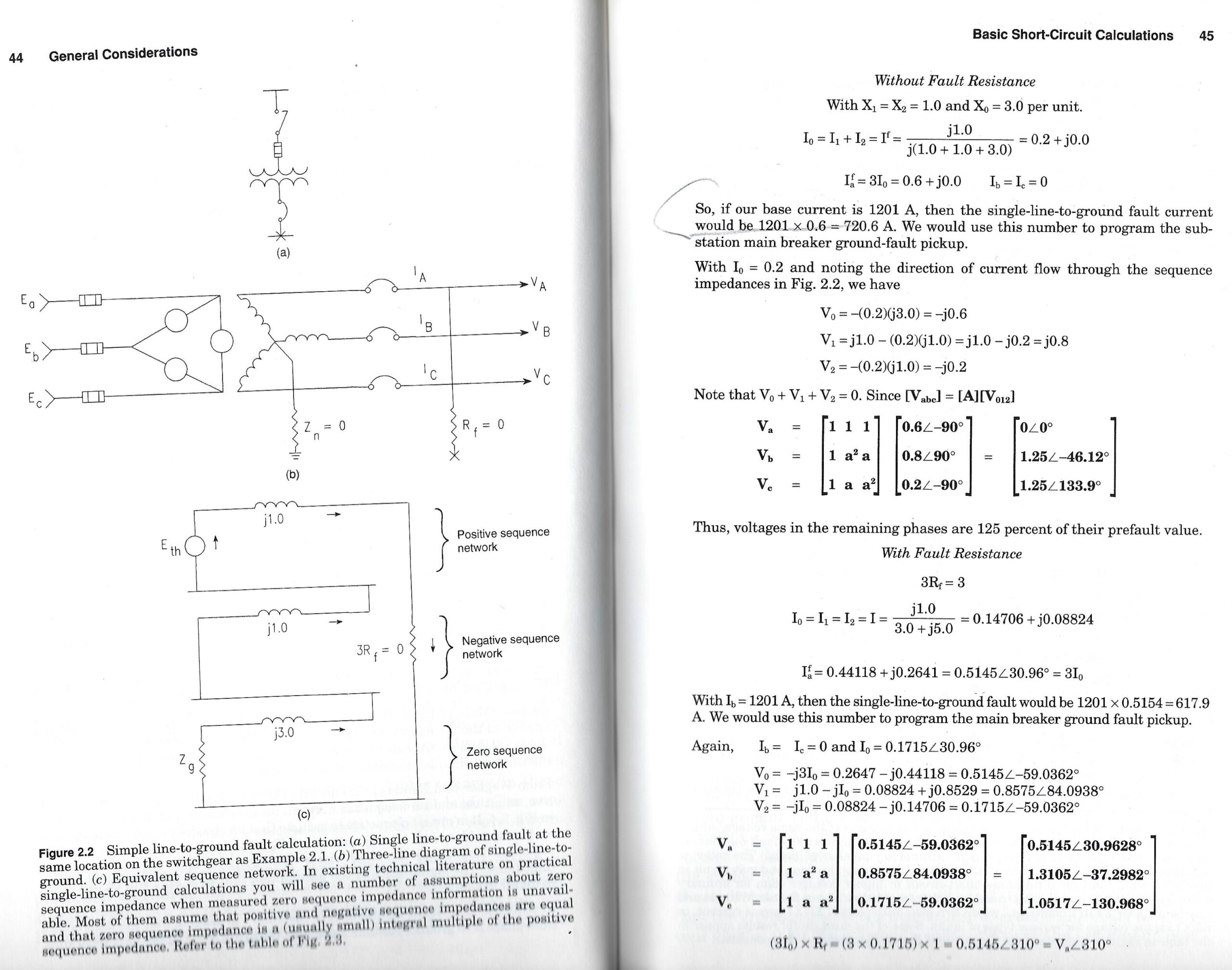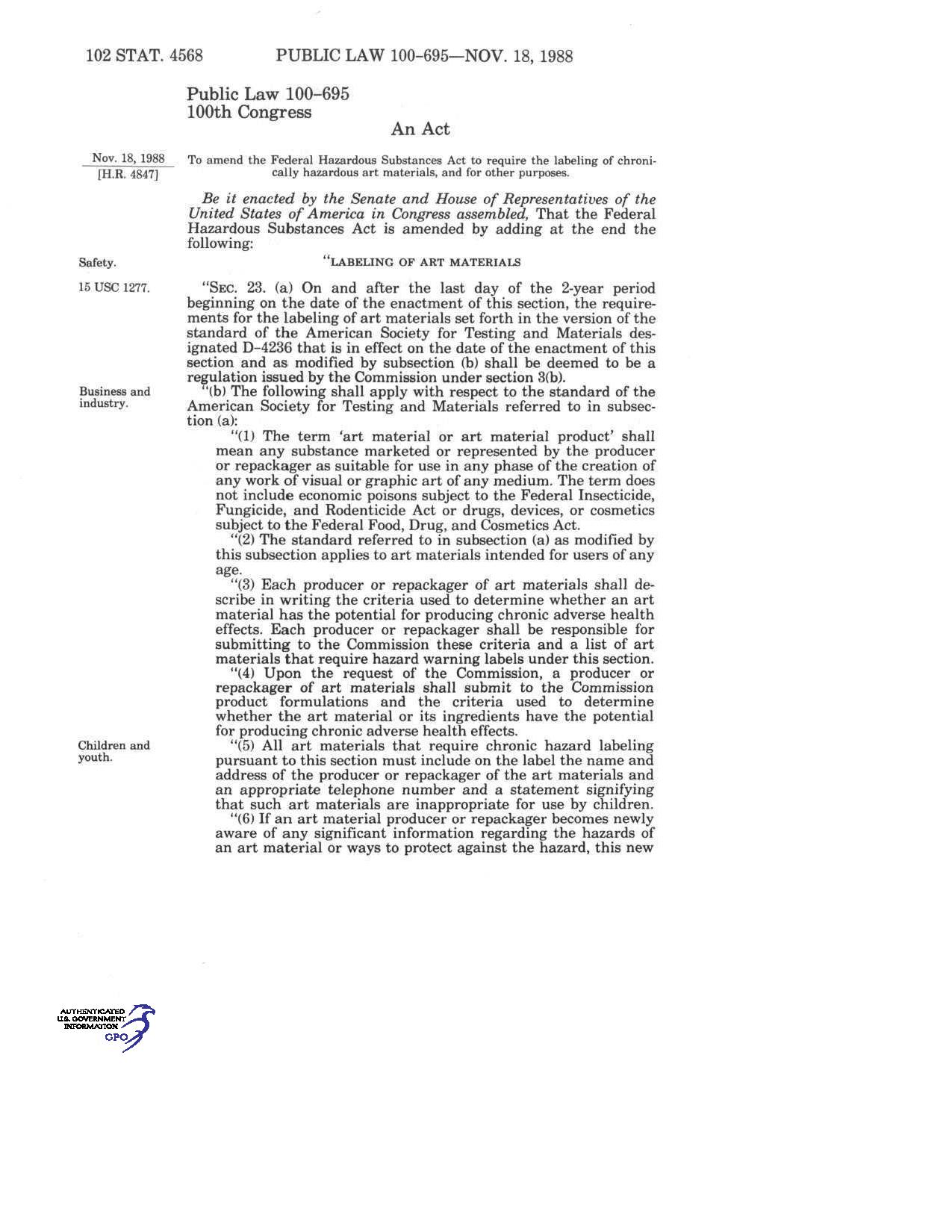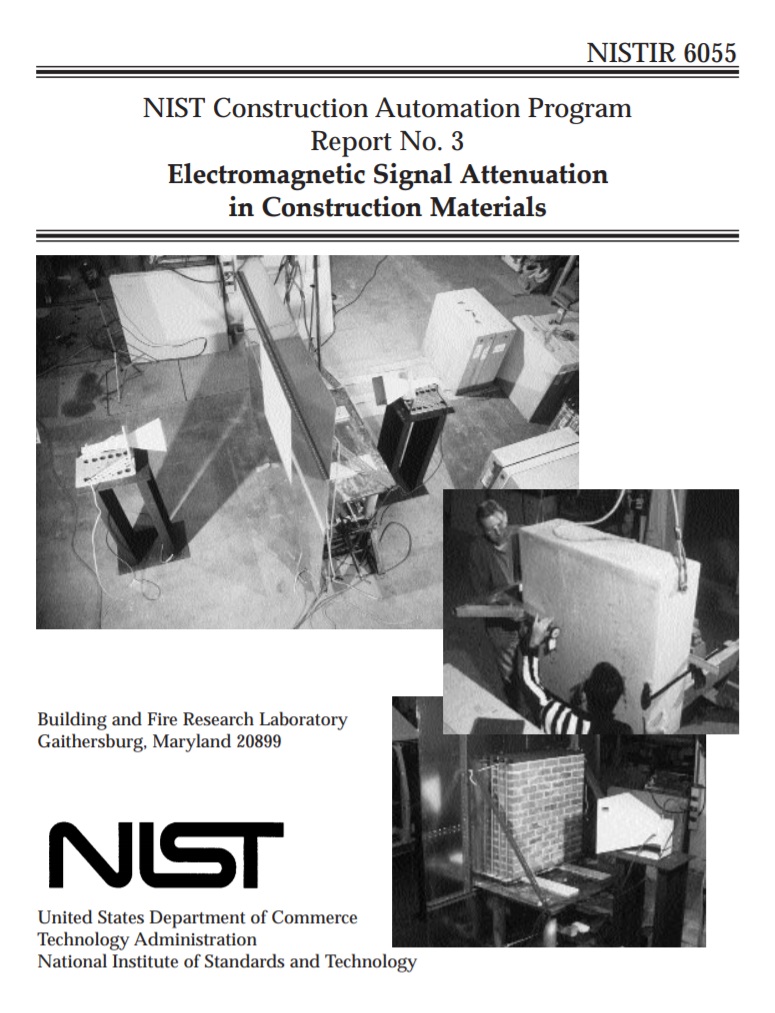Transilvania Fashion
- Home Page 178

Standard for Large Language Model Agent Interface
IEEE Artificial Intelligence Standards Committee
This standard defines natural language interfaces that facilitate communication between Large Language Model (LLM) applications, agents, and human users. The standard defines a set of protocols and guidelines that enable applications and agents to effectively communicate with LLM enabled Agents. Thereby, the standard enables seamless interactions between multiple applications and agents. The standard covers a wide range of aspects related to LLM usage and application, including but not limited to API syntax and semantics, voice and text format, conversational flow, prompt engineering integration, LLM chain of thoughts integration, and API endpoint configuration, authentication and authorization for LLM plugins.
Readings:
Purdue University: Learning AI Architecture
Autodesk: AI in Architecture Is Changing Design
Michigan State University: Making artificial intelligence more reliable
Abiit sed non oblitus | Southern Birmingham College
This content is accessible to paid subscribers. To view it please enter your password below or send mike@standardsmichigan.com a request for subscription details.
3.141592653589793238462643383279…
Today we refresh our understanding of the discovery and application of the mathematical constant π. The Greek letter π was chosen because it is the first letter of the Greek word “periphery” or “circumference” (περιφέρεια in Greek). It was a natural choice to represent this mathematical constant, which is fundamental to geometry and many other fields of mathematics and science.
Its value was not determined by any one person or organization. Rather, it is a convention that developed over time through the work of many mathematicians; starting with Archimedes. The earliest known use of the symbol π for the ratio of a circle’s circumference to its diameter was by Welsh mathematician William Jones in 1706. However, it was the Swiss mathematician Leonhard Euler who popularized the use of π in the 18th century. Euler used π in his numerous mathematical publications, and his influence helped establish the use of the symbol as standard notation.
e^(i*pi) + 1 = 0
The Euler equation is a mathematical equation that is widely used to analyze the behavior of electrical circuits and to calculate the complex power and reactive power. The complex power of an electrical circuit is a complex number that represents the total power in the circuit, including both the real power (which represents the energy that is actually consumed by the load) and the reactive power (which represents the energy that is stored and released by the circuit’s reactive elements).
The Euler equation is used to represent the complex power in polar form, where the magnitude represents the total power in the circuit, and the phase angle represents the relative contributions of the real and reactive power. By using complex power analysis, engineers can calculate the real power, reactive power, and apparent power (which is the magnitude of the complex power) of the circuit, as well as the power factor, which is the ratio of the real power to the apparent power.
Power factor is an important parameter in AC circuits, as it represents the efficiency with which the circuit is delivering power to the load.
Overall, complex power analysis provides a powerful tool for analyzing the behavior of AC circuits, and it is used extensively in the design and analysis of electrical power systems, shown in the polar form phasor calculation below.

From “Electrical Power System Protection and Coordination” Michael A. Anthony, McGraw-Hill Book Company 1994
Today at 15:00 UTC we will examine this calculation specifically, but also expand upon how the value of π shows up in nearly every other engineering discipline. Use the login credentials at the upper right of our home page.
More:
There are several physical constants that are considered to be important in the known universe. These constants are fundamental properties of nature and do not change over time or space. Here are some of the most important physical constants:
- Speed of light (c): This constant represents the speed at which light travels in a vacuum. Its value is approximately 299,792,458 meters per second. This constant plays a critical role in our understanding of the universe and is the fastest speed that anything can travel in the known universe.
- Planck constant (h): The Planck constant is a fundamental constant of nature that appears in almost all quantum mechanical equations. Its value is approximately 6.626 x 10^-34 joule-seconds. It plays a crucial role in the description of the behavior of subatomic particles and is used in calculations involving quantum mechanics.
- Gravitational constant (G): The gravitational constant represents the strength of the gravitational force between two objects. Its value is approximately 6.674 x 10^-11 newton-meters squared per kilogram squared. This constant plays a crucial role in the study of gravity and is used in calculations involving celestial mechanics.
- Boltzmann constant (k): The Boltzmann constant relates the average kinetic energy of particles in a system to its temperature. Its value is approximately 1.381 x 10^-23 joules per Kelvin. This constant is important in statistical mechanics and is used in calculations involving the behavior of gases, liquids, and solids.
- Avogadro constant (NA): The Avogadro constant represents the number of particles in one mole of a substance. Its value is approximately 6.022 x 10^23 particles per mole. This constant is important in the study of chemistry and is used in calculations involving chemical reactions and the properties of materials.
- Electron charge (e): The electron charge represents the fundamental charge of an electron. Its value is approximately -1.602 x 10^-19 coulombs. This constant is important in the study of electromagnetism and is used in calculations involving electric fields and electric currents.
These constants are critical to our understanding of the universe and are used in a wide variety of fields, from physics and chemistry to engineering and technology.
Happy Birthday!!
Albert Einstein, 14 March 1879 – 18 April 1955.
What else could you say about this great genius?
His works and ideas revolutionized our way of looking at the nature of spacetime. pic.twitter.com/OGljdrrYe8
— Ben Sorowen (@BenSorowen) March 14, 2023
Style
Style is a manner of doing or presenting things and may refer to:
- Architectural style, the features that make a building or structure historically identifiable
- Design, the process of creating something
- Fashion, a prevailing mode of clothing styles
- Style (visual arts)
- Writing style, the manner in which a writer addresses readers
- Film style
Fashion is a form of self-expression and autonomy at a particular period and place and in a specific context, of clothing, footwear, lifestyle, accessories, makeup, hairstyle, and body posture. The term implies a look defined by the fashion industry as that which is trending. Everything that is considered fashion is available and popularized by the fashion system (industry and media). Given the rise in mass production of commodities and clothing at lower prices and global reach, sustainability has become an urgent issue among politicians, brands, and consumers.
Occupational Safety and Health Administration: Textiles
♥️💙 #Hallyu #TheKoreanWave @V_and_A #fashion #korea pic.twitter.com/3fuA9Au9if
— Prof Natascha Radclyffe-Thomas 💋💙 (@fashionnatascha) November 26, 2022
Leveraging User-Provided Noisy Labels for Fashion Understanding
Energy Efficiency of Cell-Free Massive MIMO
Hien Quoc Ngo – Trung Q. Duong – Michail Matthaiou
Institute of Electronics, Communications and Information Technology, Queen’s University Belfast
School of Electrical and Electronic Engineering, University College Dublin, Dublin 4, Ireland
Department of Electrical Engineering, Linköping University, Linköping, Sweden
We consider the cell-free massive multiple-input multiple-output (MIMO) downlink, where a very large number of distributed multiple-antenna access points (APs) serve many single-antenna users in the same time-frequency resource. A simple (distributed) conjugate beamforming scheme is applied at each AP via the use of local channel state information (CSI). This CSI is acquired through time-division duplex operation and the reception of uplink training signals transmitted by the users. We derive a closed-form expression for the spectral efficiency taking into account the effects of channel estimation errors and power control. This closed-form result enables us to analyze the effects of backhaul power consumption, the number of APs, and the number of antennas per AP on the total energy efficiency, as well as, to design an optimal power allocation algorithm. The optimal power allocation algorithm aims at maximizing the total energy efficiency, subject to a per-user spectral efficiency constraint and a per-AP power constraint. Compared with the equal power control, our proposed power allocation scheme can double the total energy efficiency. Furthermore, we propose AP selections schemes, in which each user chooses a subset of APs, to reduce the power consumption caused by the backhaul links. With our proposed AP selection schemes, the total energy efficiency increases significantly, especially for large numbers of APs. Moreover, under a requirement of good quality-of-service for all users, cell-free massive MIMO outperforms the colocated counterpart in terms of energy efficiency.
New update alert! The 2022 update to the Trademark Assignment Dataset is now available online. Find 1.29 million trademark assignments, involving 2.28 million unique trademark properties issued by the USPTO between March 1952 and January 2023: https://t.co/njrDAbSpwB pic.twitter.com/GkAXrHoQ9T
— USPTO (@uspto) July 13, 2023
Standards Michigan Group, LLC
2723 South State Street | Suite 150
Ann Arbor, MI 48104 USA
888-746-3670






















